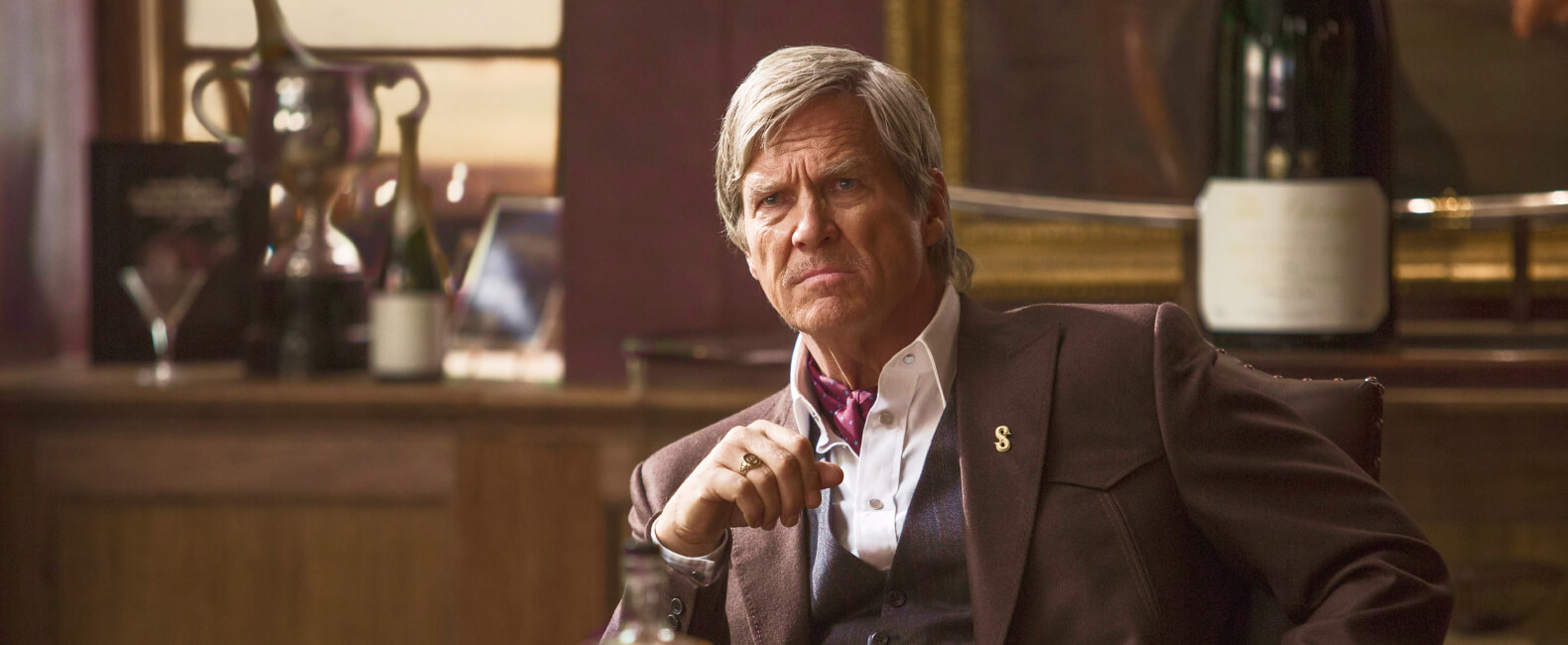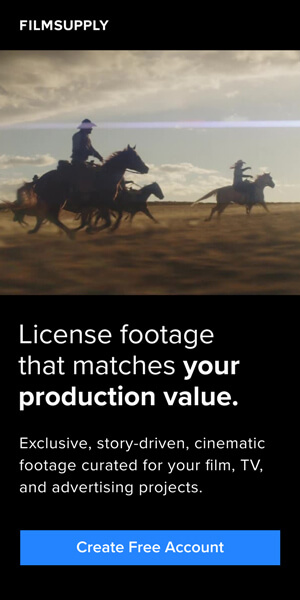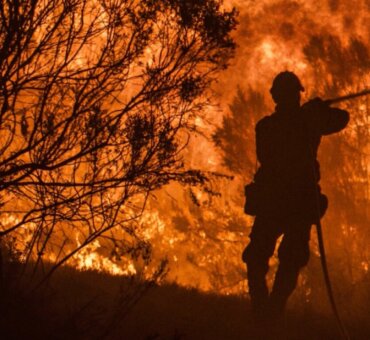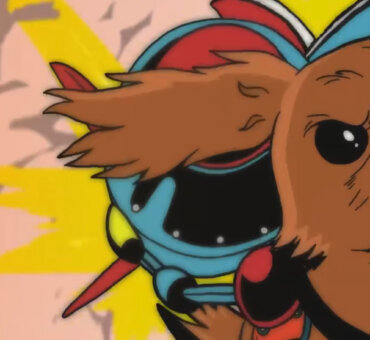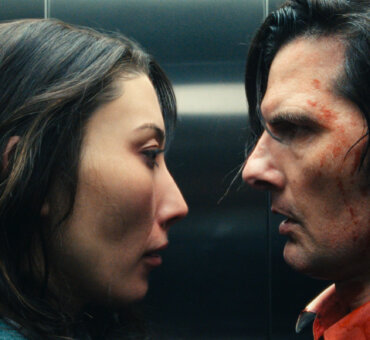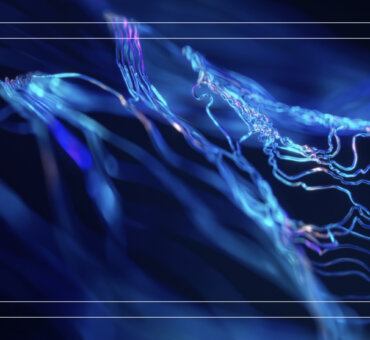How do you make a film? If you’re an editor, the correct answer is one cut at a time—one meticulous, painstaking, obsessed-over cut at a time. “I obsess over every moment, every line of dialogue, every shot,” Eddie Hamilton says. He’s the editor behind such blockbusters as Mission: Impossible – Rogue Nation, Kingsman: The Secret Service, and, most recently, Kingsman: The Golden Circle. “You’re asking people to take time out of their lives and spend their hard-earned money on a movie ticket. They have every right to expect it to be excellent.”
For Eddie, excellence is not just about deciding when and when not to cut—it’s about being a student of the human experience. It’s about being, above anything else, a storyteller. “The editor’s job,” Eddie says, “is purely storytelling.”
We recently talked to Eddie Hamilton about psychology, sequels, and his work on Kingsman: The Golden Circle.
Filmsupply: We read you studied psychology in school. Does that affect the way you edit?
Eddie Hamilton: It does. Being someone who’s interested in psychology means I have an interest in the human condition and human emotions. In order to be an editor—in order to be a storyteller of any kind—you have to have an emotional truthfulness about the way you conduct your life. You use that truthfulness to interpret actors’ emotions and decide where, when, and what to cut.
How did you learn to make films?
I’m self-taught. I’ve read dozens of books on filmmaking and storytelling. The truth is you learn how to do this by doing it. The challenge of watching raw footage and deciding which shots to put in what order to create an emotional response in the audience is something you never stop learning about and improving on. There are always new challenges that don’t have answers in books.
What were some of those challenges in Kingsman: The Golden Circle?
In the new Kingsman film, the transitions were one of the hardest parts. [Director] Matthew Vaughn really loves creative, organic transitions, so you never feel like the channel is being switched too heavily. We worked on the transitions endlessly. On top of that, it’s a fundamentally challenging film because the audience is following multiple characters. We had to figure out the exact right amount of time to spend with each before moving on to the next so the audience tracks their stories correctly.
In order to be an editor—in order to be a storyteller of any kind, really—you have to have an emotional truthfulness about the way you conduct your life.
As an audience, do we care more about characters the more time we spend with them?
Yes, but it’s also about the situations we see them reacting to. It’s when we, as an audience, start to put ourselves in their shoes and wonder what we would do. Seeing how a character chooses to overcome obstacles is very engaging.
One truth I’ve learned is that audiences don’t mind spending a relatively long time with a character before they switch to another. I’m constantly amazed at how long you can allow a film to play out as you follow one character’s story. Interestingly, if you overdo the switching—if you move too quickly back and forth—the audience will feel like the film is longer because they’re not being allowed to engage for a length of time with one character. So, you can sometimes make a film feel shorter by putting scenes in a linear order and sticking with one character for a longer period of time.
For a film with a complex ensemble structure like Kingsman: The Golden Circle, do you have any models you follow?
It’s hard to refer to any other film because you’re trying to make this film. This film has never been made before. This film will never be made again. It’s a unique challenge. In the cutting room, we have a magnetic whiteboard along with 6″ x 4″ cards with magnetic tape on the back and images on the front that represent each scene. We arrange the scene cards into columns that represent 20 minutes of film. That’s pretty standard, thinking in terms of 20-minute chunks or “reels” (in the past, 20 minutes represented a 2,000-foot reel of 35mm film). Then, we move the scene cards around on the whiteboard to visually represent different ways of structuring the story. The first assembly of the new Kingsman film was very long. That’s quite common with these big movies. You start off with an incredibly ambitious large-scale story, and you end up streamlining it down into what the film tells you it wants to be over months of careful editing.
How do you decide what goes and what stays?
Well, that’s the question, isn’t it? Here’s what you do: you look at each scene and ask yourself if the story can work without it. If it can, you cut it. Audiences are very perceptive about receiving too much information. They don’t want it. They want to work. Going to the cinema is about actively engaging with the story, trying to figure out the mystery, and working it out for yourself. As filmmakers, we have to hold some cards close to our chest. You can’t allow the audience to get ahead of the story. So you remove scenes, and you enhance the mystery. Every frame has to earn its place in the film. I obsess over every moment, every line of dialogue, every shot. I mean, you’re asking people to take time out of their lives and spend their hard-earned money on a movie ticket for two hours of entertainment. They have every right to expect it to be excellent.
What are some of the challenges that come with editing a sequel? It seems like you’re talking to two audiences at once.
That’s true. It’s very, very difficult. With a sequel, audiences want to enjoy the same ingredients, but they want to see them in a way they didn’t before. This is the first sequel Matthew directed, so he studied a lot of other sequels to see what he liked and what he wanted to avoid. The nice thing about working on a sequel is you can hit the ground running. Matthew was very keen to start with a big action set piece because we already know who Eggsy, the main character, is. We launch straight into reminding the audience of that cool, fun Kingsman action style. These films are a direct reaction to criticisms leveled at some films today that they’re too serious. Matthew wanted to remind the audience that going to the movies can be great fun.
Where did you edit Kingsman: The Golden Circle?
We shot the film on location in Italy and at two studios in London. Julianne Moore’s character’s lair, Poppyland, was built at Longcross Studios. The rest of the sets were built at Leavesden Studios, which is the massive studio where they made all the Harry Potter films. So we were based there, and we were editing while they were filming. After that, we moved to Soho in central London, which is the heart of the filmmaking district. We rented an entire floor in a post-production facility to have production, accounts, visual effects, and editorial all down the corridor from each other.
So the film was shot and edited at the same time?
Very much so. In most movies, you start editing on the second day of the shoot. They start shooting; you start cutting. We did it that way so Matthew could review the scenes and check that we’d filmed all the coverage we needed. You’re editing and figuring out how to improve the film at the same time.
What’s one thing you wish you’d known about editing earlier?
One of the mistakes I made early on—and it’s a mistake I see a lot with younger editors—was not understanding exactly why I was cutting. You must never make a cut without a specific reason. You should reveal something new about the story with each cut. When I started out, I was making too many cuts. But they’re not necessary. The audience doesn’t need them. So have patience! Understand why you’re cutting. It’s not that profound, but it takes a lot of experience to learn. Also, use close-ups very sparingly.
If the editor’s job is not necessarily to cut, then what is it?
The editor’s job is purely storytelling. It’s understanding how to manipulate the audience into having an emotional response. When people buy a ticket to see a movie, they want to have an emotional experience. They’re buying an emotional experience. It’s your job as an editor to understand how the power of each cut cumulatively creates that emotional experience for them. That’s it. That’s the job. And it’s the best job there is.
